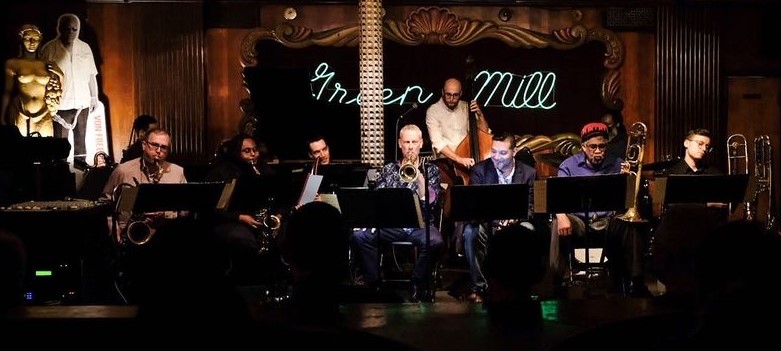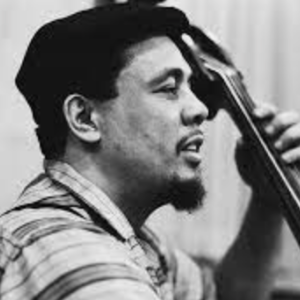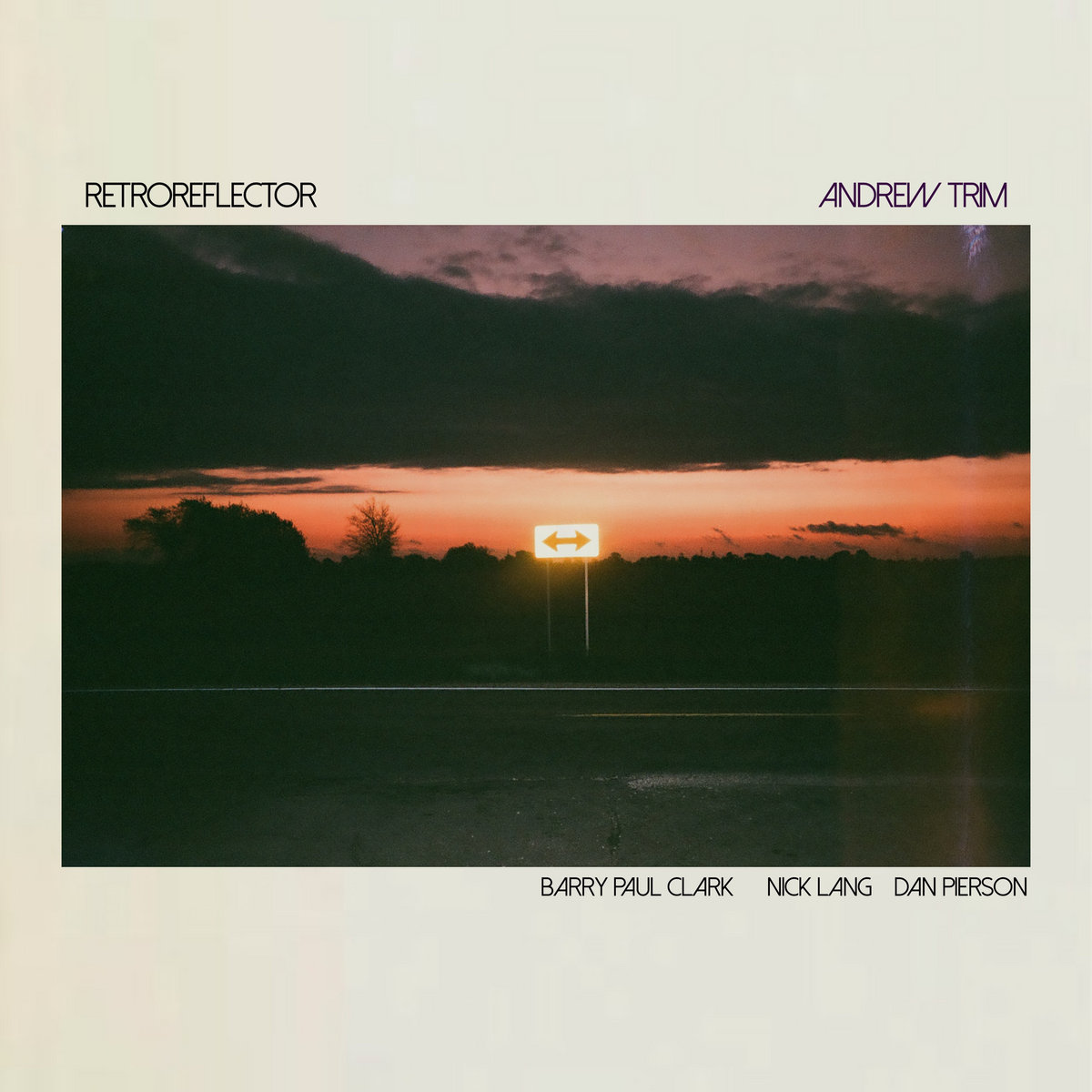
“Retroreflector” album cover. Design by B-Side Graphics
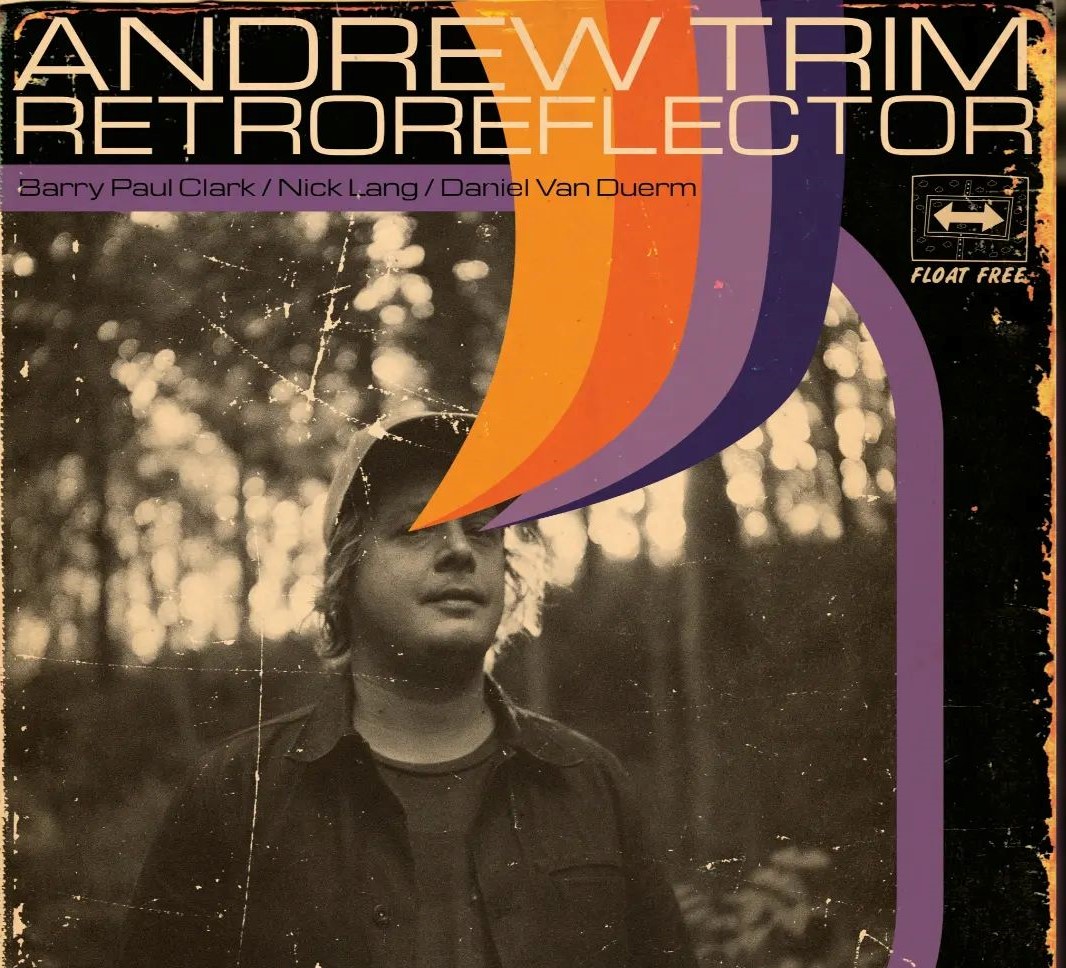

Andrew Trim. Courtesy Andrew Murray Triim
Concert Notice:
Retroreflector (Andrew Murray Trim), and Hanging Hearts will perform tonight (Tuesday, September 20), starting at 8 PM, at The Cactus Club, 2496 S. Wentworth Ave. in Milwaukee’s Bayview neighborhood.
**********
GONGGGG!
Hear ye, hear ye!
Discover tonight in the light of darkness: Jazz opens the doors of imagination: Jazz opens the doors of imagination. This is the night to lay bare the lifeblood of possibility dwelling within the fecund womb of two extraordinarily creative bands, Retroreflector and Hanging Hearts. They’re two of the most audaciously adventurous “jazz” groups in the Midwest. I quotationally modify the word jazz because, as capacious as the term is, these two band seep into it’s vast realm from their very own secret inlets, deeply blessed in shadows and substrata. yet capable of virtual starbursts and meteor showers.
I have written about Retroreflector as an album title under the guise of Milwaukee-based guitarist-composer Andrew Murray Trim. Here is that review:
Guitarist Andrew Trim reaches for the moon on “Retroreflector”
But now the Retroflector term has become nominal. And who, or what, is the name retrospectively reflecting? The entity that rises most immediately to mind is WEATHER REPORT, perhaps the most celebrated and exploratory and maybe among the funkiest jazz-fusion band of the 1970s, ’80s, and ’90s: Weather Report. That may seem incrongruous given that that historical band did not include a guitar — this band’s leader’s primary axe.
Also what certainly distinguishes Hanging Hearts from any presumption of Weather Reports vast realm is that the former group’s saxophonist, Chris Weller, primarily plays tenor, whereas Wayne Shorter, who made his name as a tenor saxophonist and astonishingly gifted composer, played primarily soprano saxophone in the group co-founded and led with keyboardist-composer Joe Zawinul.
Okay. I am not suggesting that either of these bands is nearly as accomplished as Weather Report, given that group’s longevity and profuse and consistent acclaim. Rather. these bands seem to possess the uncanny blend of some of the myriad aspects that made that legendry group’s music magic, as much as just about anything.
And after listening to some of their music, one might make the slippery generalization that Hanging Hearts is a saxophonist’s band (including a keyboardist and drummer) whereas Retroreflector is not quite as explicitly and obviously a guitarist’s band. (Geographically, both bands are Chicago-based.)

Hanging Hearts (L-R), Chris Weller, saxophone; Quin Kirchner, drums; Cole DeGenova, keyboards.
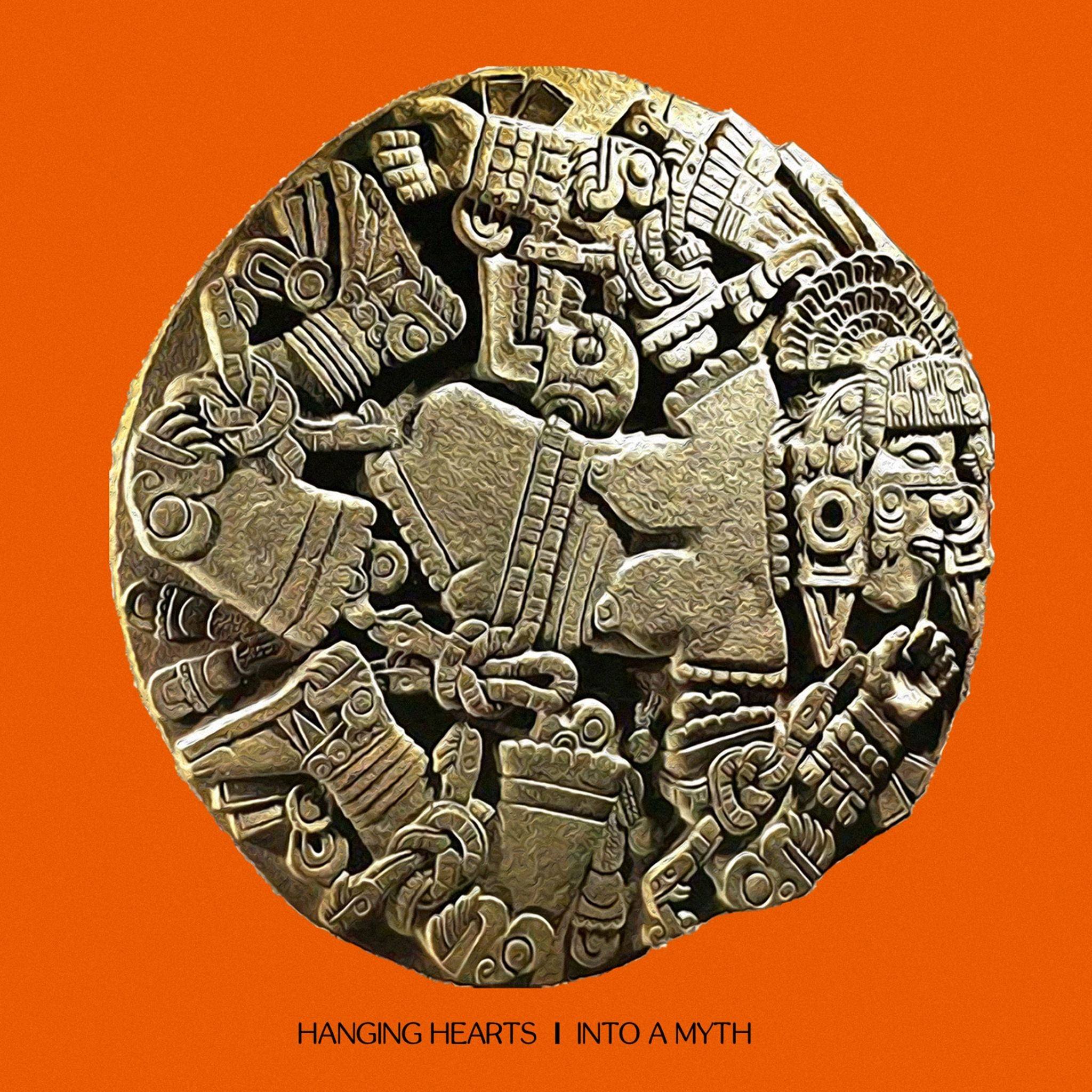
Hanging Hearts most recent album cover.
Weather Report, by contrast, was a diaphanous amalgam of, at its best, democratic collective improvisation. That was the overall impression of their self-titled first album in 1973, and they continued in that vein until the band began latching onto funk grooves (their third album included, they claim, the first-ever recoded hip-hop rhythm and rap) which simplified their music, by laying down repeated bass patterns and ostinatos, upon which other players jammed. That said, I think these two Chicago bands strive for such ideals.
I won’t go into further detail because perhaps the most important thing at this late date is to make your plans to catch these group’s tonight, if possible, although I do recommend you take a look at my above-posted review of the album Retroreflector.
I just tend to doubt that you will be disappointed if you are open to courageous leaps off the cliff, into the virtual arms of atmosphere.
See you at tonight at The Cactus Club!
___________



